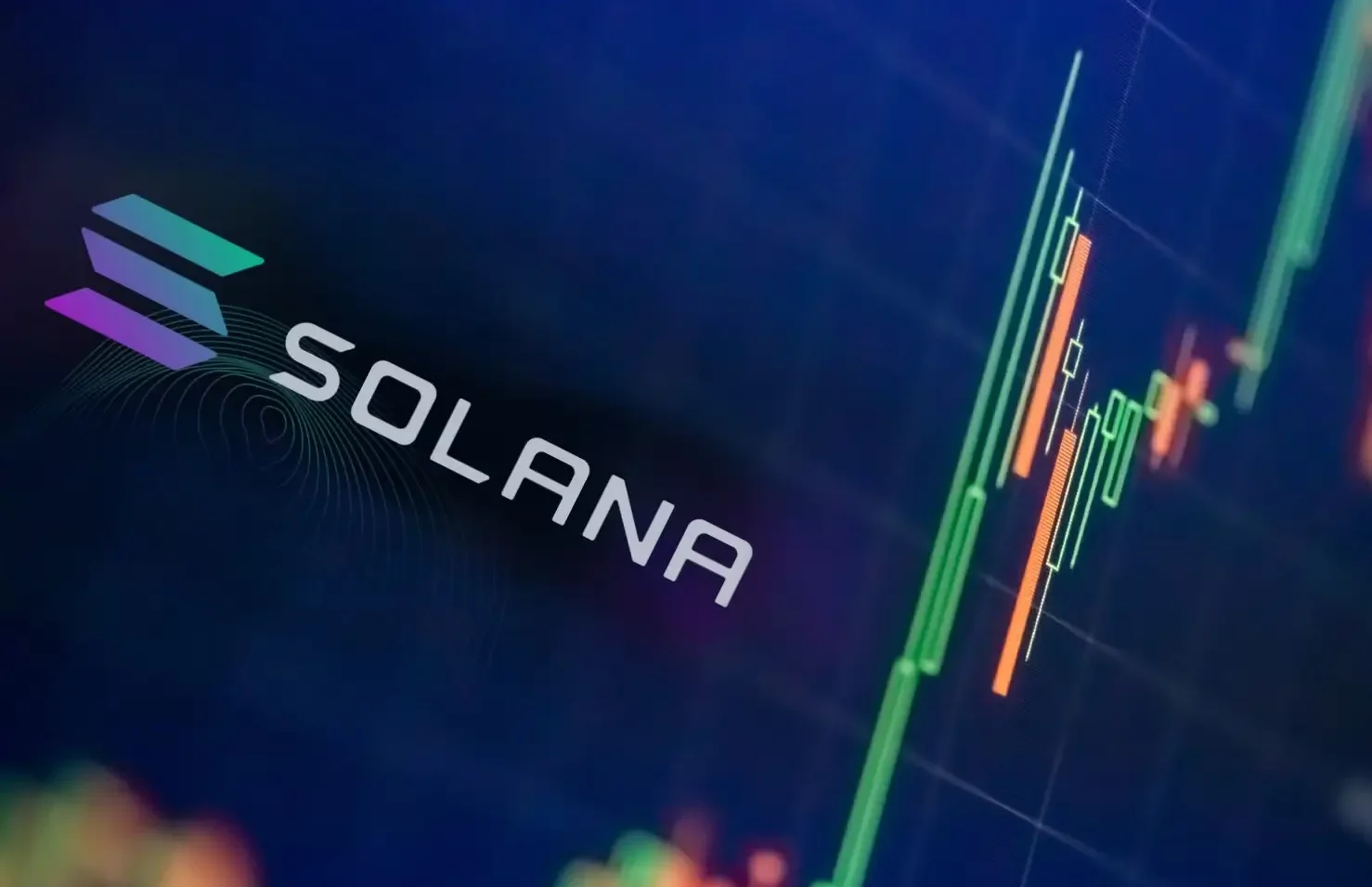
On Thursday, the U.S. House passed a sweeping tax cut bill heavily backed by President Trump by the slimmest of margins. Igniting economic controversy. Meanwhile, Bitcoin surges past $110,000, driven by institutional demand, favorable regulation, and growing investor confidence.
Trump’s Tax Bill: A New Economic Landscape
In a landmark decision, the U.S. House of Representatives passed President Donald Trump’s expansive tax and spending legislation, dubbed the “One Big Beautiful Bill,” by a narrow margin of 215-214.
“Today the House has passed generational, truly nation-shaping legislation to reduce spending and permanently lower taxes for families and job creators, secure the border, unleash American energy dominance, restore peace through strength, and make government work more efficiently and effectively for all Americans,” House Speaker Mike Johnson R-Louisana, explained after the vote. “House Democrats voted against all of that.”
The bill courts controversy
The bill calls for roughly US$3.8 trillion in tax cuts and aims to extend the 2017 Trump administration tax cuts. Those cuts are due to expire at the end of the year, so without this new bill passing, taxes are set to rise for most American households at the end of the year.
The bill will eliminate certain taxes on tips and overtime, and introduce new deductions for seniors. To offset these cuts, the legislation proposes significant reductions in social programs, including Medicaid and the Supplemental Nutrition Assistance Program (SNAP), and removes clean energy tax credits.
The bill also allocated US$46.5 billion toward completing Trump’s border wall, and also allocates US$5 billion for Customs and Border Protection facilities and more than US$6 billion to hire more agents and officers. Additionally, for the first time ever, the bill will put a price tag on applying for asylum, proposing a fee of US$1000.
Bitcoin’s Ascent to Unprecedented Heights
Amidst the push towards major fiscal changes in the USA, Bitcoin (BTC) has continued its recent surge. It has pushed passed US$111,000 and continues to establish new ATHs every day. The asset is in price discovery mode.
BTC has enjoyed healthy gains this year despite a tricky global macro environment. Many investors have found its inherent, a pure asset uncontrolled by interest rate cycles and chaotic central bankers, compelling this year in chaotic market conditions.
Bitcoin was built to be a decentralized payment network that removed intermediaries and counterparties from transactions. It has a purposefully built, hard-coded, predictable monetary supply.
The price of BTC is up ~19.21% Year-to-Date (YTD), while the S&P 500 index is up a marginal ~0.1% YTD.
Regulatory Clarity: A Catalyst for Growth
The U.S. government’s proactive stance on cryptocurrency regulation in 2025 has further bolstered market confidence.
On January 23rd, US President Donald Trump signed his first executive order that affected crypto users and industry stakeholders. The executive order is titled “Strengthen American Leadership in ’Digital Financial Technology’”. “The digital asset industry plays a crucial role in innovation and economic development in the United States, as well as our Nation’s international leadership,” the order states.
“Protecting and promoting the ability of individual citizens and private-sector entities alike to access and use for lawful purposes open public blockchain networks without persecution” is an example of its goals.
Most of the order is dedicated to establishing technology and rules around crypto and its development in the U.S. One of its most important aspects is the creation of a working group to consider a national digital asset stockpile, “potentially derived from cryptocurrencies lawfully seized by the Federal Government through its law enforcement effort.”
In February 2025, the SEC dropped 4 key cases against crypto companies. Coinbase’s unregistered securities brokers cases were dropped, an investigation of Robinhood Crypto was dropped, it closed its investigation of Uniswap Labs, and its case against Consensys was effectively dismissed after the two parties reached an agreement. It also paused its case against Binance to wait for input from the newly formed crypto task force. This shift has underscored a view that the US regulatory landscape and legal system will be more friendly to digital asset firms. This trend has continued across the first half of the year.
There has recently been bipartisan support for stablecoin regulation, encouraging both institutional and retail investment into the sector.
Looking Ahead: What the Future Holds for Bitcoin
As the U.S. government continues to embrace digital assets, and institutional investment in cryptocurrencies rises, Bitcoin’s role in the global financial landscape appears increasingly solidified. On the 22nd of May, David McNickel of Brave New Coin wrote — “On-chain data supports the bullish narrative, with less selling pressure, indicated by bitcoin inflows into exchanges and increased liquidity in the crypto market as measured by new records for the amount of Tether stablecoin USDT sitting on exchanges.”


 6 hours ago
5
6 hours ago
5 










 Bengali (Bangladesh) ·
Bengali (Bangladesh) ·  English (United States) ·
English (United States) ·